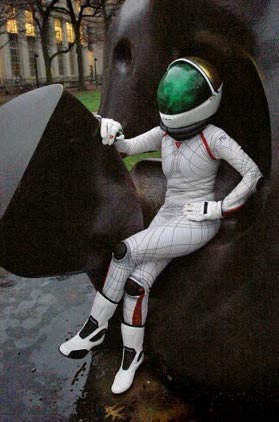From: Qory Estenv, Flight Overadministrator
To: All Astronauts
In response to your request for clarification about the Initiative’s “souvenir policy”, we don’t particularly care if you want to shove a box of postcards, or vanity coins, or model kits of the Phoenix, or whatever else you like in your personal mass-allowance to make an esteyn or two.
We’re going to be cramming any spare cargo mass/volume we can find with our own official souvenirs, after all, and telling the people who’ve volunteered to ride a stack of bombs into space they can’t do the same would hardly be square play.
However:
Flight Dynamics has informed me that he will personally throw the owner of anything that doesn’t show up on his mass-balance charts out of the airlock.
Inventory & Materiel Test were less colorful about it, but their response was substantively the same.
And both Accounting and I, as your obligator, would request that if you come up with a scheme that makes the kind of money that’d show up in the Initiative’s budget — share the wealth with the ones that flew you, okay?
– a sign once posted at SIFC,
from the Spaceflight Initiative archives

